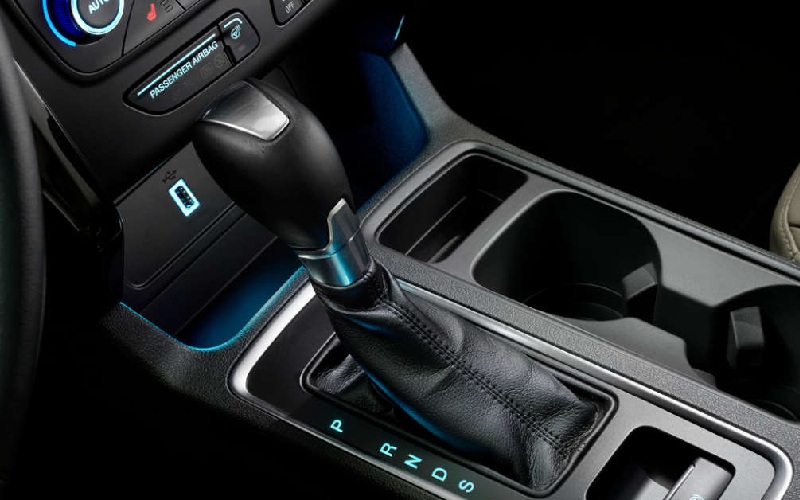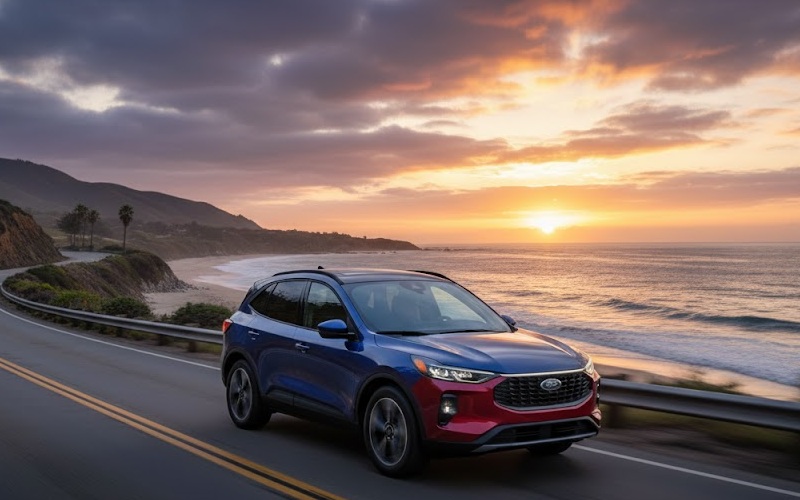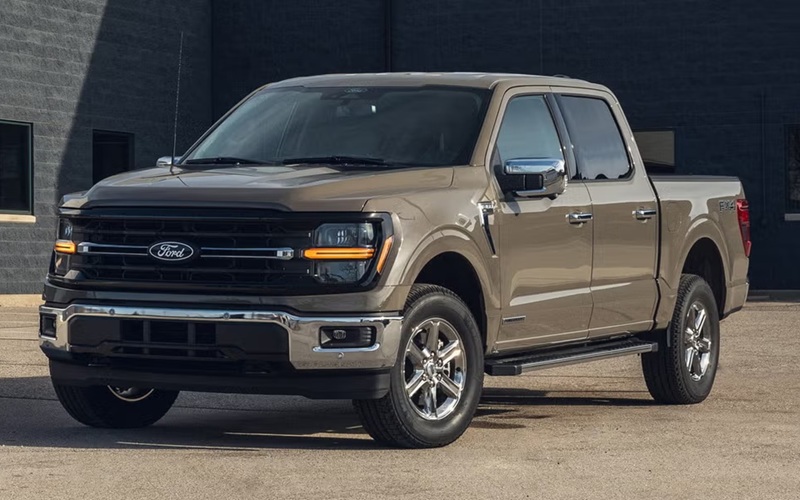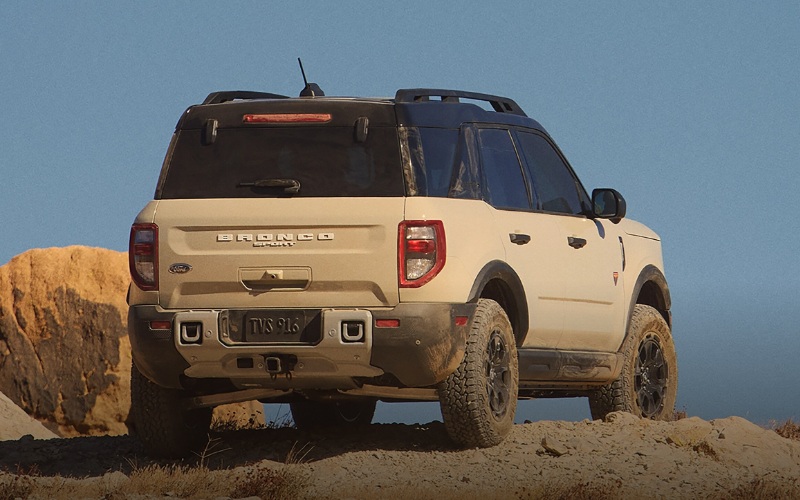The Evolution of Automatic Transmission Controls
The automatic transmission has revolutionized driving since its introduction in the 1940s. As automotive technology has advanced, so too have the controls that allow drivers to interact with their vehicles. The gear selector—often displaying a series of letters and numbers—serves as the primary interface between driver and transmission. Understanding these symbols empowers drivers to operate their vehicles with confidence and efficiency.

The Basic PRND Configuration
The foundation of automatic transmission control is the PRND sequence—Park, Reverse, Neutral, and Drive. These four positions form the core functions that every driver needs to master.
P – Park
The Park position locks the transmission, preventing the vehicle from moving when stationary. When engaged, a mechanical pawl connects with a notched wheel on the output shaft, effectively immobilizing the transmission. This position should always be used when the vehicle is turned off or left unattended.
Park offers more than mere convenience—it’s a critical safety feature. While the parking brake prevents the wheels from turning, the Park position secures the transmission itself. The combined system ensures your vehicle remains exactly where you left it, whether on level ground or an incline.
R – Reverse
When you need to back up, the Reverse setting engages a gear that rotates the driveshaft in the opposite direction. The transmission applies power through a dedicated reverse gear, allowing controlled backward movement. Modern vehicles often incorporate safety features with the R position, including backup cameras, proximity sensors, and automatic braking systems.
It’s worth noting that the reverse gear typically has a lower ratio than the forward gears, providing greater torque for maneuvering in tight spaces but limiting top speed. This deliberate engineering choice enhances safety during backward operation.
N – Neutral
The Neutral position disconnects the engine from the transmission, allowing the vehicle to coast freely without power transfer. In this state, the transmission’s input and output shafts rotate independently of each other. While rarely used during normal driving, Neutral serves several important functions.
Professional drivers use Neutral when being towed, during certain car wash operations, or when pushing a vehicle manually. Some emergency situations may also require shifting to Neutral, such as sudden unintended acceleration. However, selecting Neutral while driving at high speeds should be avoided unless absolutely necessary, as it removes engine braking capability.
D – Drive
Drive represents the standard forward driving position. When selected, the transmission automatically shifts between multiple forward gears based on factors like vehicle speed, engine load, and throttle position. Modern transmissions may contain anywhere from 6 to 10 forward gears, all managed seamlessly when in Drive.
The beauty of Drive lies in its simplicity for the driver—complex algorithms and sensors determine the optimal gear for any situation, maximizing both performance and fuel efficiency. For most everyday driving scenarios, leaving the selector in Drive provides the ideal balance of convenience and functionality.
Beyond the Basics: Additional Gear Selector Options
While PRND forms the foundation, modern vehicles often feature additional positions that enhance driver control and vehicle performance in specific situations.
L – Low
The Low position, sometimes labelled as “L” or “1”, restricts the transmission to operating only in its lowest gear ratio. This setting provides maximum torque to the wheels—ideal for climbing steep hills, towing heavy loads, or navigating challenging off-road terrain.
Low gear also delivers significant engine braking when descending steep grades, reducing wear on the braking system. By maintaining a lower gear ratio, the engine’s RPM remains higher relative to the vehicle’s speed, creating resistance that helps control downhill momentum without requiring constant brake application.
S – Sport
The Sport mode, designated by “S” on many selector displays, alters the transmission’s shift patterns to prioritize performance over fuel efficiency. When engaged, the transmission typically holds each gear longer, allowing the engine to reach higher RPM before upshifting. Downshifts also occur more readily in response to throttle inputs.
This performance-oriented setting transforms the vehicle’s character, providing quicker acceleration and more responsive handling. Sport mode might also adjust other vehicle systems, including throttle sensitivity, steering weight, and suspension firmness in vehicles equipped with adaptive systems.
B – Engine Braking
Most commonly found in hybrid and electric vehicles, the “B” position enhances regenerative braking. When selected, lifting off the accelerator pedal creates stronger deceleration as the vehicle converts kinetic energy back into electrical energy to recharge the battery.
Beyond energy recovery, the B position provides similar benefits to downshifting in a conventional vehicle—controlling speed on descents without relying solely on the friction brakes. This reduces brake wear while extending driving range through improved energy recovery.
M – Manual Mode
The Manual or “M” position gives drivers direct control over the gear selector while retaining the convenience of an automatic clutch. Once engaged, drivers can typically shift up or down using the gear selector, steering wheel paddles, or buttons on the steering column.
Manual mode combines the engagement of a manual transmission with the convenience of an automatic. It’s beneficial for spirited driving on winding roads, where anticipating corners and selecting appropriate gears enhances the driving experience. In challenging conditions like snow or ice, manual mode also allows drivers to start in a higher gear to reduce torque and improve traction.
Gear Selector Numbered Positions: D1, D2, D3, and Beyond
Some vehicles feature numbered positions that limit the transmission to specific gear ranges rather than allowing full automatic operation.
D1/1 – First Gear Only
The D1 or simply “1” position locks the transmission in first gear, preventing any upshifts. This provides maximum torque multiplication for situations requiring extra power at low speeds, such as traversing deep mud or snow, or climbing extremely steep gradients.
D2/2 – First and Second Gears
The D2 or “2” position allows the transmission to operate in first and second gears only. This setting balances the high-torque capabilities of first gear with the slightly higher speed capacity of second. It’s useful for moderately steep hills or when towing through varied terrain.
D3/3 – First Through Third Gears
The D3 or “3” position permits operation in the first three gears. This range offers versatility for city driving with frequent stops and starts, providing reasonable acceleration while preventing the transmission from shifting into fuel-saving overdrive gears, which are better suited to highway cruising.
Specialized Gear Selector Modes for Modern Driving
As automotive technology advances, manufacturers continue to add specialized modes that meet specific driving scenarios and environmental conditions.
W – Winter Mode
Winter mode, often indicated by a snowflake icon or “W” on the selector, adjusts transmission behaviour to prioritize traction in slippery conditions. When engaged, the vehicle typically starts in second or third gear to reduce torque to the wheels, minimizing the risk of wheelspin on ice or snow.
The system may also modify throttle response, making it less sensitive to prevent sudden power delivery that could compromise stability. Combined with modern traction control systems, Winter mode significantly enhances safety during cold-weather driving.
ECO – Economy Mode
The ECO mode optimizes vehicle systems for maximum fuel efficiency. When selected, the transmission shifts to higher gears earlier and delays downshifts longer, keeping engine speeds lower to reduce fuel consumption. Throttle response is typically dampened to encourage gentler acceleration.
Beyond transmission adjustments, ECO mode often modifies climate control operation and other power-consuming systems to minimize fuel use. While performance decreases slightly, the fuel savings can be substantial—particularly in stop-and-go urban environments.
Understand Your Gear Selector For Enhanced Driving Experience
The letters and symbols on your automatic transmission selector represent more than simple mechanical functions—they provide intuitive access to sophisticated engineering that adapts to your driving needs. Whether navigating urban streets or exploring scenic routes, understanding these controls ensures you’ll make the most of your vehicle’s capabilities.
As automotive technology continues to evolve, the gear selector may change in appearance, but their fundamental purpose remains unchanged: to provide drivers with straightforward control over increasingly complex machinery. This perfect balance between user simplicity and engineering sophistication defines the modern driving experience.
Five Facts About Automatic Transmission and the Gear Selector
1. The original automatic transmission, introduced by Oldsmobile in 1940, used a unique “Hydra-Matic” gear selector with positions labelled Neutral, High, Low, and Reverse—quite different from today’s standard PRND arrangement.
2. The traditional PRND layout was established by regulations only after several accidents involving drivers who confused reverse with a forward gear in early automatic transmissions with non-standardized patterns.
3. The distance between positions on most selectors is designed to be approximately 25 mm, providing enough separation to prevent accidental shifts while remaining within comfortable reach.
4. Modern electronic shift-by-wire systems don’t physically connect to the transmission—they send digital signals that activate servos and solenoids to change gears, allowing for innovative selector designs like dials and push-buttons.
5. Commercial vehicles with automatic transmissions often feature retarder controls that provide up to five levels of progressive engine braking power, critical for safely controlling heavy loads on downhill grades.
Questions and Answers About Automatic Transmission Gear Selectors
Why does my transmission make a clunking sound when shifting from Park to Drive?
That momentary clunk is the sound of the parking pawl disengaging. The pawl is a mechanical device that physically locks the transmission when the vehicle is in Park. When you shift to Drive, this mechanism releases, creating the characteristic sound. It’s completely normal and not a sign of any problem with your transmission.
Is it necessary to press the brake pedal when shifting between Drive and Reverse?
Yes, modern vehicles require the brake pedal to be pressed when shifting between Drive and Reverse as a safety feature. This interlock system prevents accidental changes while the vehicle is moving, which could damage the transmission or cause unexpected vehicle movement. It’s a best practice to come to a complete stop before switching between forward and reverse gears.
What happens if I accidentally shift to Neutral while driving?
If you shift to Neutral while driving, the engine disconnects from the wheels, causing a momentary loss of power. The vehicle will continue moving due to momentum, but you’ll lose engine braking capability. To re-engage Drive, simply shift back while keeping your foot off the accelerator. Modern transmissions are designed to protect themselves from damage during such shifts at speed.
Does constantly shifting between Drive and Reverse damage the transmission?
Shifting between Drive and Reverse without coming to a complete stop can cause significant damage to your transmission. The sudden reversal of direction forces transmission components to absorb tremendous stress. Always bring your vehicle to a complete stop before changing direction, even if the vehicle allows you to make this shift without pressing the brake pedal.
Why do some vehicles have a button on the gear selector?
The button or trigger serves as a safety mechanism to prevent accidental shifts. This lockout requires a deliberate action before engaging positions like Park or Reverse, reducing the risk of unintended selection. Some luxury vehicles utilize electronic shifters with varying button arrangements, but they serve the same fundamental purpose.
*Disclaimer: Content contained in this post is for informational purposes only and may include features and options from US or international models. Please contact the dealership for more information or to confirm vehicle, feature availability.*



